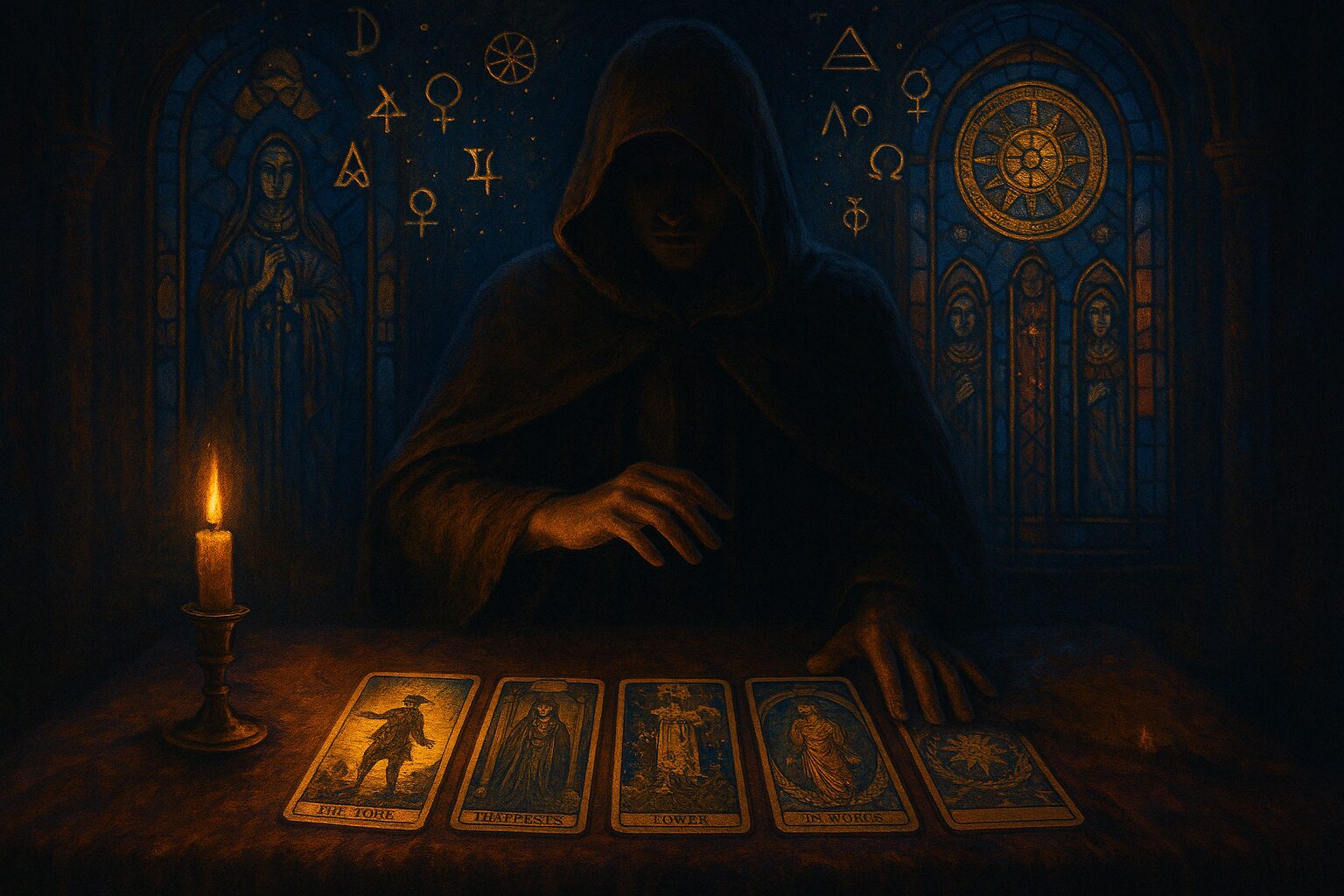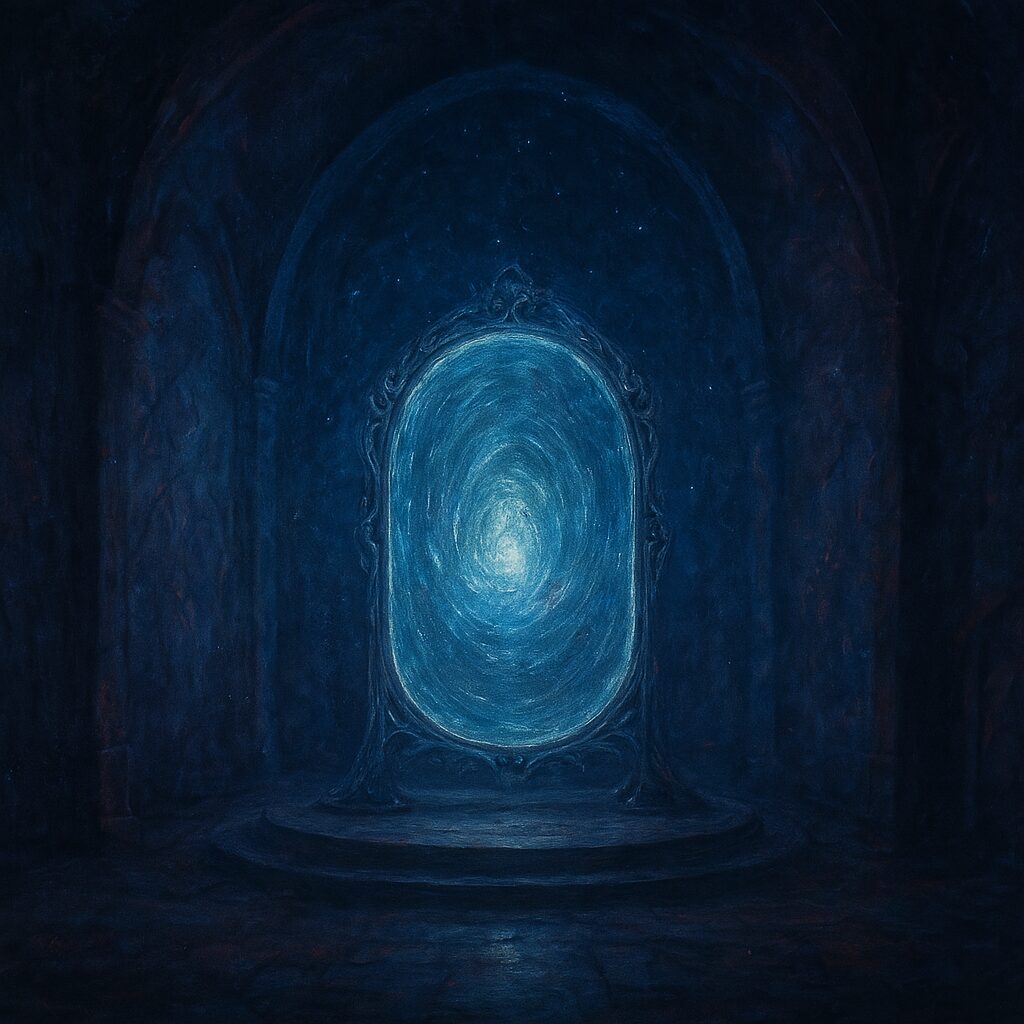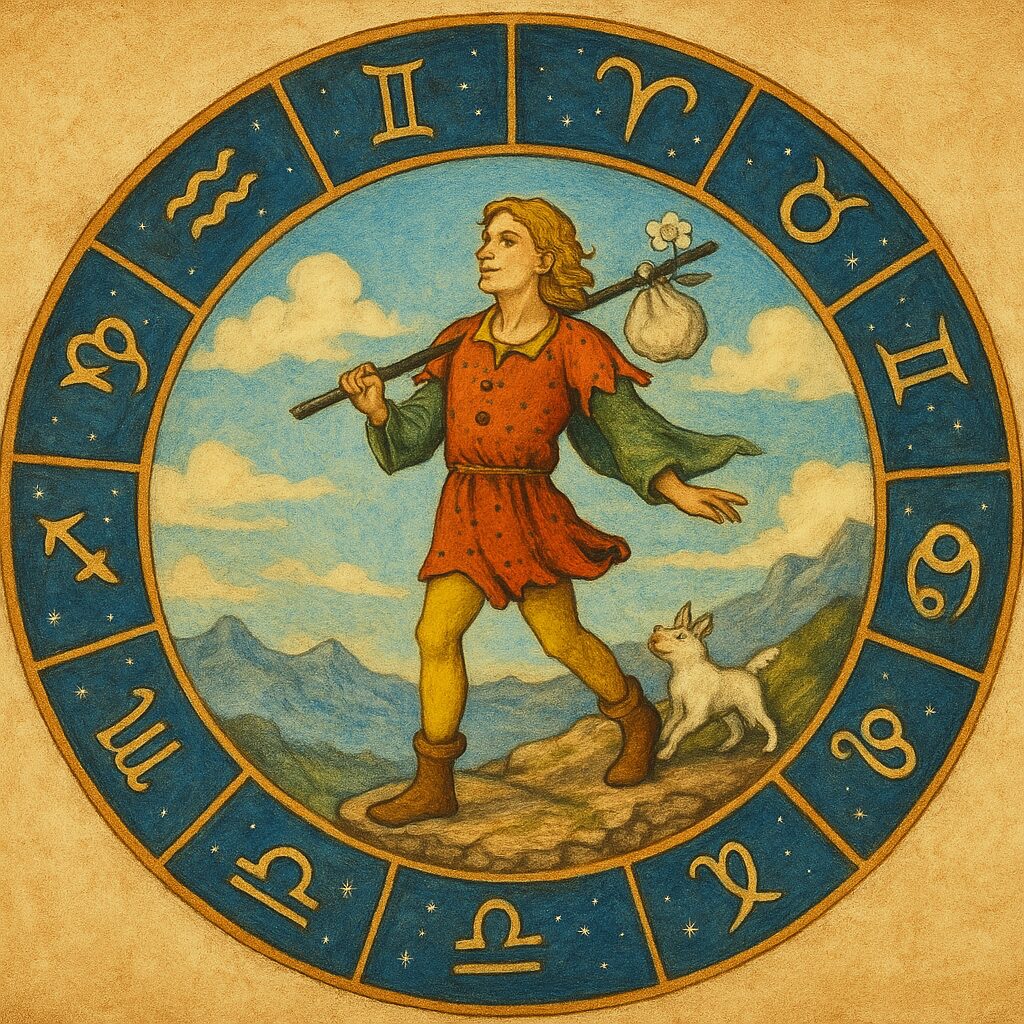For centuries, the Tarot has been more than just a tool for divination. While often associated with fortune-telling and predicting the future, the Tarot’s true power lies in its ability to serve as a map for the soul’s journey. Each card in the Tarot deck represents not only a specific energy or archetype, but also a stage in the personal and spiritual evolution of the individual.
As Carl Jung, the famous Swiss psychiatrist, once said:
“The Tarot is a tool for understanding the unconscious.”
In this light, the Tarot is not just a way to glimpse into the future, but a mirror reflecting the inner workings of the soul, revealing the unconscious patterns and archetypes that influence our lives.
The Structure of the Tarot
The Tarot is composed of 78 cards, divided into two main sections:
- The Major Arcana
- The Minor Arcana
The Major Arcana
The Major Arcana represents the major stages of spiritual awakening and personal transformation, while the Minor Arcana mirrors the day-to-day challenges and experiences that shape our journey. The Major Arcana consists of 22 cards, each depicting a powerful archetype or symbol that corresponds to a universal theme in the process of self-discovery.
- From The Fool, symbolizing new beginnings and the leap of faith
- To The World, representing completion and wholeness
The Major Arcana charts the unfolding of the soul’s journey.
The Tarot as a Journey of Individuation
Each card in the Major Arcana can be viewed as a step in the process of individuation, a term coined by Jung to describe the journey of becoming one’s true self. The Tarot’s archetypes represent the universal forces that shape human experience, such as:
- The Fool’s innocence
- The High Priestess’s intuition
- The Emperor’s authority
By engaging with these symbols, the individual is invited to explore these energies within themselves, confronting their own inner conflicts, desires, and potentials.
As Jung said:
“What you resist, persists.”
The Tarot acts as a tool to help us confront what lies beneath the surface of our conscious awareness, ultimately leading to greater self-awareness and inner integration.
Tapping into the Unconscious Mind
One of the most powerful aspects of the Tarot is its ability to tap into the unconscious mind. The imagery and symbolism of the cards evoke deep emotional and psychological responses, allowing us to access the hidden aspects of our psyche.
When we pull a card from the deck, we are not merely receiving a prediction of the future, but rather a glimpse into the unconscious forces at play in our lives. These forces can include:
- Unresolved fears
- Hidden desires
- Past experiences that shape our present reality
By bringing these unconscious elements into conscious awareness, we can begin the process of healing and transformation.
The Tarot as a Tool for Intuitive Guidance
The Tarot also serves as a tool for intuitive guidance. The symbolism of the cards speaks directly to our intuition, bypassing the rational mind and allowing us to access a deeper, more instinctual form of wisdom. As we reflect on the cards we draw, we begin to tune into our inner guidance system, learning to trust our instincts and make decisions based on our inner truth.
In this sense, the Tarot functions as a spiritual compass, helping us navigate the challenges of life by offering insights into our subconscious motivations and desires. As the mystic and philosopher Rumi once said:
“Don’t grieve. Anything you lose comes round in new form.”
The Tarot guides us through the cycles of life, reminding us that even in times of loss or uncertainty, there is always an opportunity for rebirth and growth.
The Cyclical Nature of Life in the Tarot
In addition to its personal and spiritual applications, the Tarot also reflects the cyclical nature of life. Just as the seasons move through cycles of birth, growth, decay, and renewal, the Tarot’s Major Arcana mirrors this eternal rhythm of existence.
Key Cards Reflecting Life’s Cycles
- The Wheel of Fortune: Represents the cyclical nature of fate and destiny, reminding us that nothing in life is permanent.
- The Tower: Represents upheaval and sudden change, signaling the need for transformation and the breaking down of old structures.
These cards, along with others, encourage us to embrace the ebb and flow of life, understanding that each phase of our journey is essential for our growth and evolution.
The Tarot: A Tool for Personal Transformation
The Tarot’s ability to reveal the underlying themes of our lives is what makes it such a powerful tool for personal transformation. It invites us to explore the many layers of our being—the conscious, the unconscious, the spiritual, and the emotional—and to reflect on how these layers influence our thoughts, actions, and experiences.
In this way, the Tarot acts as a mirror, reflecting back to us the hidden aspects of our soul that we may be unaware of or reluctant to confront. The cards offer us a language of symbols, providing insights into our spiritual path and helping us navigate the complexities of life with greater clarity and wisdom.
Conclusion: The Tarot as a Guide for Self-Discovery
In conclusion, the Tarot is far more than just a mystical tool for divination. It is a powerful guide on the soul’s journey of self-discovery and transformation. Through its rich symbolism and archetypal imagery, the Tarot offers a profound map of the human experience, helping us to explore the depths of our consciousness and uncover the hidden truths of our inner worlds.
Whether used for personal reflection, spiritual guidance, or psychological exploration, the Tarot remains a timeless tool for those seeking to understand themselves more deeply and embark on the path of personal and spiritual awakening. As the Tarot teaches us:
“The answers you seek are already within you.”


